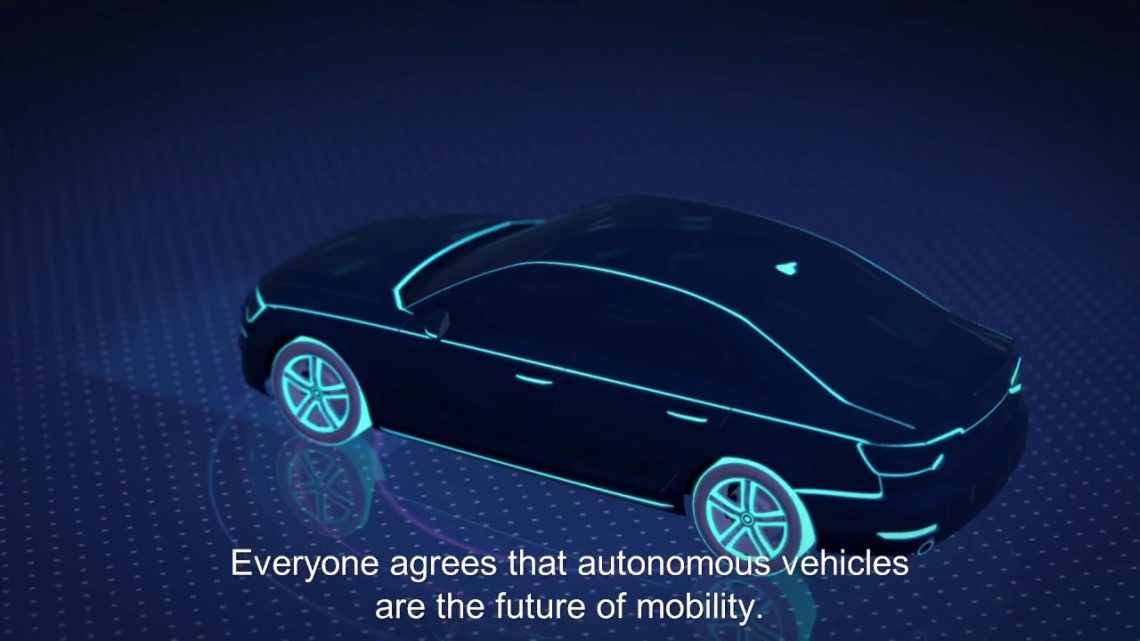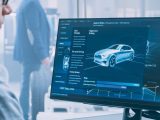
Autonomous Cars 2025: How Safe Are They Really?
July 21, 2025Let’s be honest—self-driving cars sound like something straight out of a sci-fi movie. But by 2025, they’ll be sharing the road with us. The big question? Safety. Are these autonomous vehicles (AVs) ready for prime time, or are we still in the experimental phase? Let’s dive in.
The Current State of Autonomous Cars
Right now, most “self-driving” cars aren’t fully autonomous. They’re more like really advanced cruise control—think Tesla’s Autopilot or GM’s Super Cruise. These systems handle highway driving well but still need human oversight. By 2025, though, we’re expecting Level 4 autonomy—cars that can drive themselves in most conditions without a human backup.
How Do Autonomous Cars “See”?
AVs rely on a cocktail of sensors:
- LIDAR – Uses lasers to map surroundings in 3D.
- Radar – Detects objects and speed, great for bad weather.
- Cameras – Recognize traffic lights, signs, and pedestrians.
- Ultrasonic sensors – Help with close-range detection, like parking.
Sounds foolproof, right? Well, not quite. Heavy rain, fog, or even a dirty sensor can throw these systems off. And let’s not forget—humans are unpredictable. A jaywalker or a cyclist swerving into traffic? That’s a tough call for even the smartest AI.
Safety Stats: The Good and the Not-So-Good
Here’s the deal: AVs don’t get tired, drunk, or distracted. In theory, that should make them safer. But real-world data? It’s mixed.
| Stat | Human Drivers | Autonomous Cars (Projected) |
| Fatalities per 100M miles | 1.35 | ~0.5 (estimated) |
| Accident rate (per mile) | 4.1 | Lower in controlled tests |
That said, AVs still struggle with edge cases—unexpected scenarios like a deer darting onto the road or construction zones with confusing detours. Humans, for all our flaws, are still better at improvising.
The Ethical Dilemma: Who Does the Car Save?
Here’s a creepy thought: What if an AV has to choose between hitting a pedestrian or swerving into a wall, risking the passenger’s life? Programmers have to make these calls in advance. Should the car prioritize its occupants or others on the road? There’s no easy answer, and regulators are still wrestling with it.
Hacking Risks: A New Kind of Carjacking
Yep, hackers could potentially take control of an AV. Imagine someone remotely steering your car into oncoming traffic—terrifying, right? Manufacturers are beefing up cybersecurity, but it’s an arms race. By 2025, we’ll need bulletproof encryption and constant software updates to stay ahead.
Will We Trust Them by 2025?
Honestly? It depends. Early adopters might jump in, but widespread trust will take time. Remember how people feared elevators when they first became automatic? Now we step in without a second thought. AVs could follow the same path—once they prove themselves.
That said, a few high-profile accidents could set the whole industry back. Public perception is fragile.
The Bottom Line
By 2025, autonomous cars will be safer than human drivers in many scenarios—but not all. They’ll excel on highways, in good weather, and predictable traffic. But throw in a snowstorm, a reckless driver, or a sudden road closure? That’s where things get messy.
The tech is advancing fast, but perfection? That’s a long way off. Maybe the real question isn’t “Are they safe?” but “How much risk are we willing to accept for convenience?”





